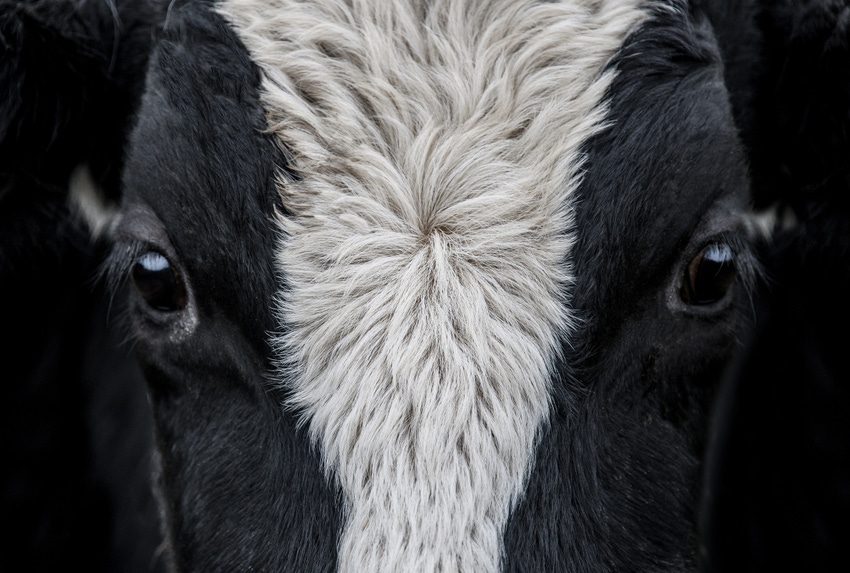Bovine practitioners name newly emerging cattle disease
Referencing Bovine Influenza A Virus will help distinguish disease between species.

After collaborating with veterinarians, allied organizations, state and federal agencies, diagnostic laboratories and animal health officials on the 2024 emerging disease event affecting dairy cattle, the American Association of Bovine Practitioners (AABP) will reference the newly emerging cattle disease that has stemmed from highly pathogenic avian influenza (HPAI) as Bovine Influenza A Virus, the organization announced in a letter.
“The virus isolated from affected animals in herds matching the clinical signs has been identified as avian influenza virus Type A H5N1. The virus causes highly pathogenic avian influenza in birds, however the disease syndrome in cattle does not cause high morbidity or mortality as it does in birds. The AABP does not believe that this disease should be referenced as ‘HPAI in cattle’ or ‘bird flu in cattle’ due to these differences,” wrote AABP Executive Director Fred Gingrich, DVM, and President Michael Capel, DVM.
The AABP said it will call the disease Bovine Influenza A Virus (BIAV) in its messaging and resources and encouraged other organizations, state animal health officials, diagnostic labs and state and federal agencies to use the name also to be consistent in distinguishing the disease between the species.
“We believe it is important for the public to understand the difference to maintain confidence in the safety and accessibility of beef and dairy products to the consumers,” the letter concluded.
To date, USDA’s Animal and Plant Health Inspection Service (APHIS) has confirmed the detection of BIAV in dairy herds in Texas, Kansas, Michigan, New Mexico, Idaho and Ohio.
Federal and state agencies continue to conduct additional testing from sick animals and in unpasteurized clinical milk samples from sick animals, as well as viral genome sequencing, to assess whether HPAI or another unrelated illness may be underlying any symptoms. Clinically sick dairy cattle from affected herds range from 1% - 20%, with an average of 10% of the milking herd affected. There are no confirmed reports of death loss in dairy cattle directly attributed to these detections. Most sick cows begin recovering within a few days.
Wild migratory birds are believed to be the source of infection, with pigeons, blackbirds, and grackles specifically found deceased on the Texas farms. However, USDA’s Animal and Plant Health Inspection Service (APHIS) said the spread of the illness among the Michigan herd also indicates that HPAI transmission between cattle cannot be ruled out.
During a meeting last week, Mark Lyons, USDA’s director of ruminant health, also reported that the milking process may be playing a role in the spread of the virus from cow to cow through milk droplets on employee clothing or gloves, or in the suction cups on the milking units.
Tests of milk, nasal swabs and blood from cows at affected dairies have only found virus strain in the milk.
“We haven’t seen any true indication that the cows are actively shedding virus and exposing it directly to other animals,” Lyons said.
Farmers and veterinarians are being urged to report cattle illnesses quickly, to monitor potential additional cases and minimize the impact and risk to farmers, farmworkers, consumers, and other animals. Producers are also being urged to work with their veterinarian to practice enhanced biosecurity measures and review and limit cattle movements within production systems to avoid disease spread or bringing in cattle from known disease areas or infected herds.
APHIS has created a landing page with recent announcements pertaining to HPAI detections in livestock, as well as biosecurity information and other resources.
About the Author(s)
You May Also Like



.png?width=300&auto=webp&quality=80&disable=upscale)

